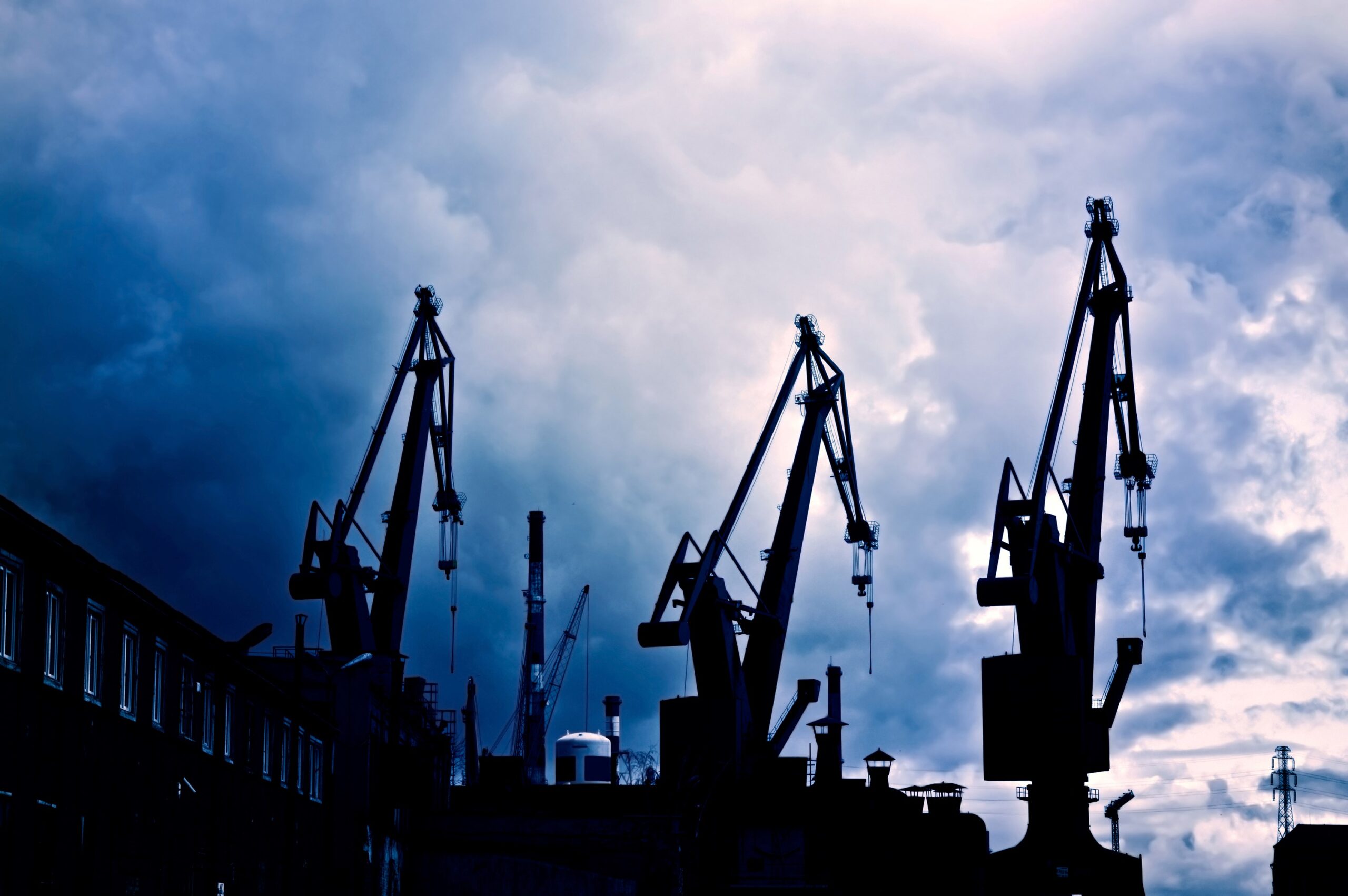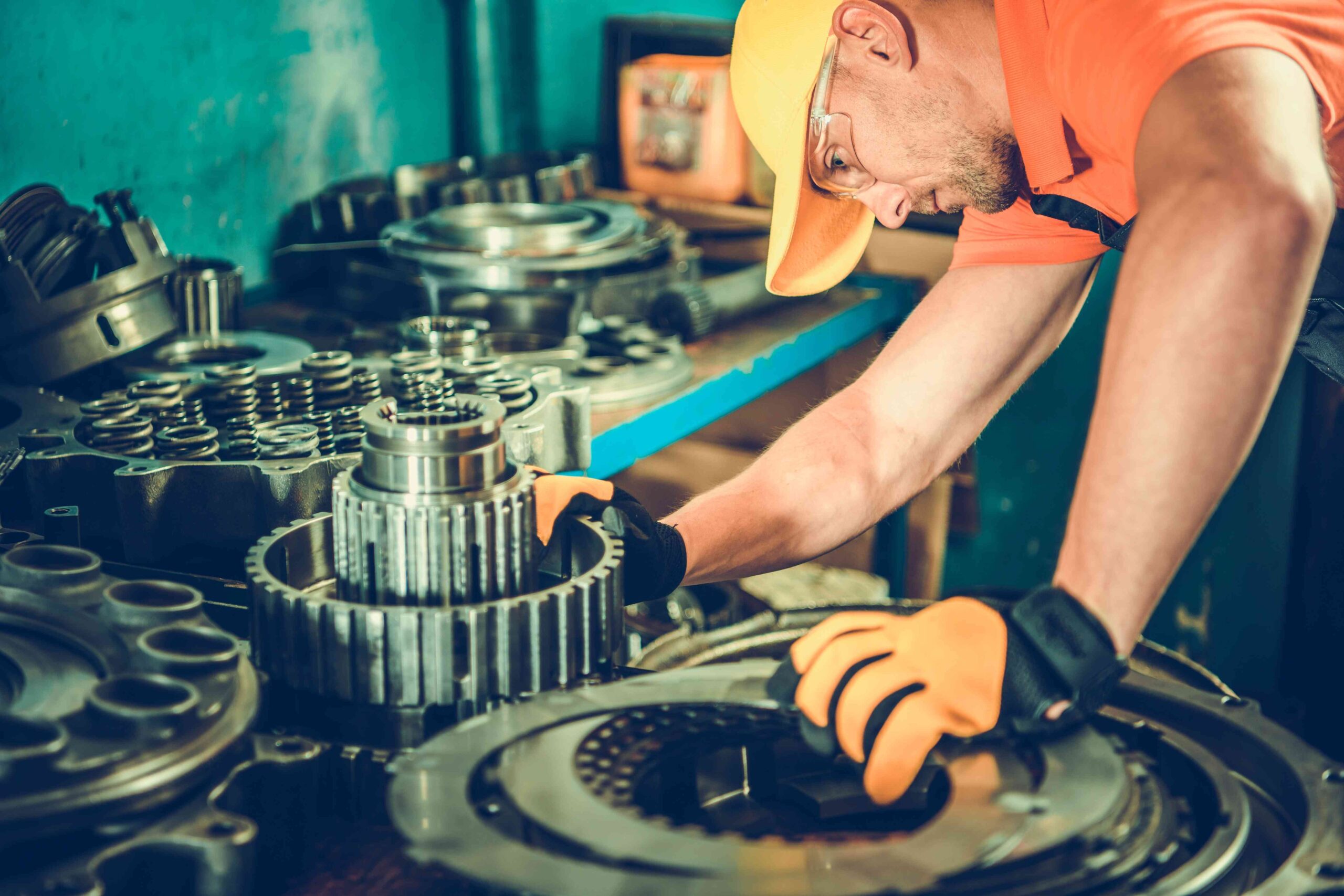PROGRAM SCHEDULE
Ref No: ME 110 Program Name: ASME Process Piping, Valve & Flanges Classes
| Starts | Ends | Venue | Fees | Join Now |
| 13 Feb 2023 | 17 Feb 2023 | Dubai, UAE | $ 4,750 | Registration Closed |
| 14 Aug 2023 | 18 Aug 2023 | Dubai, UAE | $ 4,750 | Registration Closed |
PROGRAM DETAILS
Course Overview:
Compliance with ANSI/API code requirements for design and construction is needed to assure the safety in petroleum refinery and chemical plant piping. The designer, fabricator, supplier, erector, examiner, and inspector’s understanding and application of these requirements is essential in producing this desired safety.Candidates shall learn the ASME Specification and have to use it. How to specify and select valves, flanges, pipes and use of P&ID’s.This course will also provide a background of ANSI / ASME / API code guidance on design, selection of materials, fabrication, testing and practical methods and trends in piping design and construction.
This course is designed to give the participants a thorough understanding of Process Piping Code, ASME B 31.3. Flange code ASME B 16.5, Valve standard ASME B 16.34 as well as it will cover Piping layout Engineering. The course covers extensive practical aspects use as illustrated with numerous case studies. This course will be of interest to everyone working in any plant where piping is present, be it Refinery, Chemical, Petrochemical, Power, Utility etc. The participants would be explained in detail the mechanics of adopting and applying the code rules for day-to-day use in their professional work including design, fabrication, testing and NDT of piping as per ASME B 31.3 including how to Conduct and certify the pressure testing. Course deals with the various P & IDs, Equipment Plot Plans, Piping Arrangements and Fabrication Drawings. This will include pipe sizing, piping specifications and isometrics including valves and fittings, piping hangers and supports.
Who should attend?
This course is designed for engineers entering the piping design and fabrication; piping engineers requiring background on code compliance, piping fabricators and supervisory personnel requiring a review on current design and fabrication techniques and procedures.
Course Objectives:
- To familiarize participants with the main concepts of ASME B 31.3 code.
- To know how to read the code, and interpret its stated and implied requirements.
- To provide participants step-by step approach to piping design, including the design optimization techniques.
- To introduce participants with various material selection, fabrication, erection and testing of piping systems.
- When, where and how to conduct NDT of piping and the acceptance Criteria.
- To provide participants with the does and don’ts, good engineering practices of valve installation and operation.
- To explain participants the good engineering practices in preventive and brake down maintenance of valves
- To understand the basic concepts in Piping Design, P & IDs, Pipe sizing, Piping layouts and Isometrics.
- To Understand Plant layout, Plot plan and design of piping systems for safe and dependable and cost effective manner.
- Writing the piping, Flanges, fitting and valves Specifications
Program Contents:
Day 1
1) Pipe code History and Basic Philosophy
- Instruction to Piping
- Piping codes and standards
- Scope of B 31.3
- Some important Definitions
- Diagram Illustrating Application of B31.3 Piping at Equipment Design
- Thermal expansion and contraction effects etc.
- Piping Guide for Design and Drafting of Piping Systems.
- Piping Uses and Construction.
- Pipe, Fittings, Flanges, Reinforcements: In-Line Equipment and Support Equipment.
- Valves, Pumps, compressors and Types of Process Equipment.
- Drafting: Process and Piping Drawings, including Drawing Symbols, Showing Dimensions, Showing Instrumentation and Bills of Material.
- Design of Piping Systems: Including Arrangement, Supporting, Insulation, Heating, Venting and Draining of Piping, Vessels and Equipment.
Day 2
2) Design
- Pressure Design of piping components
- Thermal Insulation of Piping
- Piping Supports
- Piping Systems Fabrication and Installation of Piping
- Types of flanges and classes
- Standards and Codes: for Piping Systems, Pipe Supports, Flanges, Gaskets, Fittings, Valves, Traps, Pumps, Vessels, Heat Exchangers, Symbols and Screw threads.
- Abbreviations: for Piping Drawings and Industrial Chemicals.
- Piping Charts & Tables.
- Pressure-Temperature Ratings.
- Pipe Sizing, Basic Stress Quantities, Piping Flexibility and
- Pipe Sizing and Code Equations.
- Basic Stress Quantities
- Determination of Pipe Wall Thickness
- Piping Flexibility, Quick Check Method, and Need for Formal Stress Analysis.
- Writing down piping Specifications
Day 3
- Codes and Standards.
- Selection of Proper Piping Material.
- Chemical Plant and Petroleum Refinery Piping (ASME B31.3).
- Welding of Pipelines and Related Facilities (API 1104).
- Welded & Seamless Wrought-Steel Pipe (ASME B36.10M).
- Factory-made Wrought-Steel Butt Welding Fittings (ASME B16.9).
- Pipe Flanges and Flanged Fittings (ASME B16.5).
- Various types of flanges.
- Selection of flanges as per ASME B16.5
- Pressure temperature rating tables
- Flanged fittings, Wrought fitting
- Writing down Flanges and fitting Specifications
Piping Failure and their causes
- Reasons of Inspection
- Inspection for Deterioration in Piping
- Corrosion monitoring of process piping
- Inspection for specific types of corrosion and cracking
- Frequency and time inspection
5) Day 4
History of valves
- Valves, Terminology
- Definition of valves
- Common valve materials
- Components of valves
- Valve classifications
- Types of valves and their functions
- Purpose and function
- Application
- Important features of Gate valves and Globe Valves
- Valve pipe connections
- Variations on common valves
- Special valves
- Cryogenic Valves
- Valve Safety & Troubleshooting
Introduction of Pressure Relief Valves
- Types of PR and Operation
- Valves selection & Specification Requirement
- References for codes and standards
- Inspection, Testing and Repair of Relief Valves
- Procedure for calibration of PRVs
- Identification of valves
- Noting of operating conditions
- Valve removed from the system
- Inspection of deposits in valves
- Determination of as-received relieving Pressure
- Dismantling, servicing, repairing and re-assembling of valves
- Setting of valve to required pop pressure
Day Five
- Hydrostatic testing of piping system
- Pneumatic testing of piping
-
- Manufacturing System & Quality Control Program.
- Common Welding Processes.
- Jointing Methods.
- Filler Metals.
- Piping Isometrics & Piping Spools.
- WPS’s & PQR’s.





